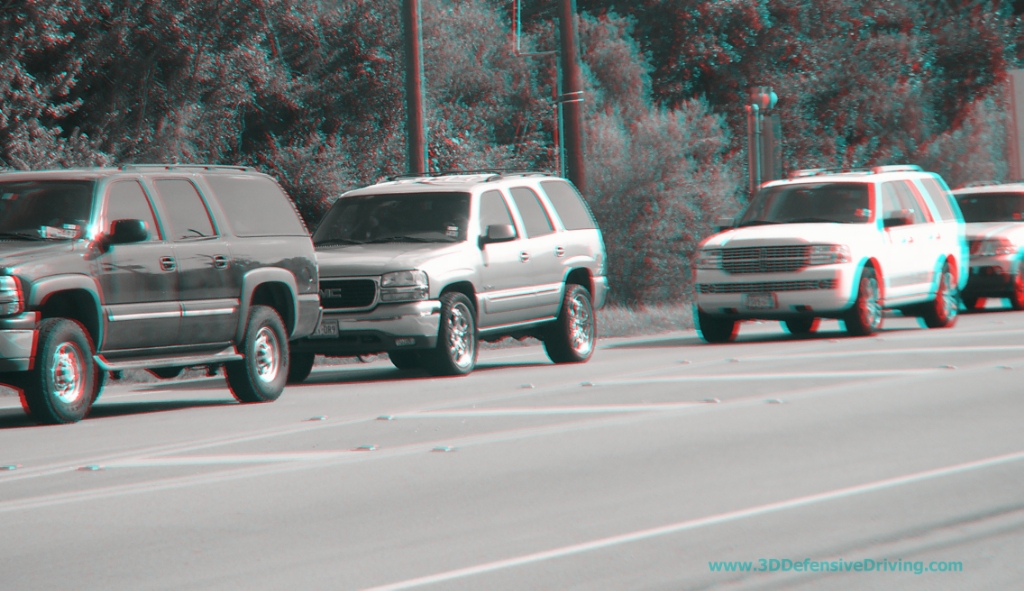
How to maintain proper following distance.
It's important to maintain a safe following distance when driving. Here are some tips on how to do so:
- 1. Pay attention to the car in front of you and leave enough space between you and the car ahead so that you can stop safely if necessary.
- 2. Use the 3-second rule: choose a fixed object on the road ahead, such as a sign or a tree, and count "one thousand one, one thousand two, one thousand three" as you pass it. This should give you a 3-second cushion of space between you and the car in front of you.
- 3. In bad weather or low visibility, increase your following distance to give yourself more time to react.
- 4. If you're being tailgated, don't speed up to try to get away. Instead, slow down and let the tailgating driver pass you.
- 5. Remember that larger vehicles need more space to stop, so give them extra room.
By following these tips, you can help to keep yourself and others safe on the road.
How to negotiate blind spots.
It is estimated that over 50% of car accidents are caused by drivers with one or more blind spots. Here are some tips on how to negotiate blind spots while driving:
- -Be aware of your own blind spots. Know where they are and avoid driving in them whenever possible.
- -When changing lanes, always use your turn signal and check your mirrors and over your shoulder for other vehicles.
- -If you must drive in a blind spot, go slowly and be prepared to stop if necessary. -Pay extra attention to motorcycles, bicycles, and pedestrians, as they are often harder to see in blind spots.
- -If you are being tailgated, it is best to move over into another lane if possible.
- -If you are having difficulty seeing around a large vehicle, try to position yourself behind it so that you can see its taillights.
The Blind Spot -
You're driving along the highway when you notice a car in your blind spot. You try to signal to the other driver to move over, but they don't seem to notice. You honk your horn, but they still don't move. You start to get angry, but then you remember that you're not the only one on the road. There are other cars behind you and to the side of you, so you can't just swerve into the other lane. You take a deep breath and try to stay calm. You slow down a bit and wait for the other driver to move over. After a few moments, they finally do and you can continue on your way.
How to properly use mirrors to check for traffic.
Most people know to check for traffic before they change lanes, merge, or turn. But many don't know how to properly use their mirrors to do so. Here are some tips: - First, adjust your mirrors so you have a clear view of the traffic behind you. - When you're ready to check for traffic, take a quick glance over your shoulder. Then, look in the appropriate mirror. For example, if you're about to change lanes to the left, look in the left mirror. - Don't rely solely on your mirrors. Mirrors can have blind spots, so it's always a good idea to do a shoulder check as well. - Be sure to check all mirrors before making any maneuvers. By following these tips, you can be sure that you're seeing all of the traffic around you and can make safe decisions when changing lanes, merging, or turning.















